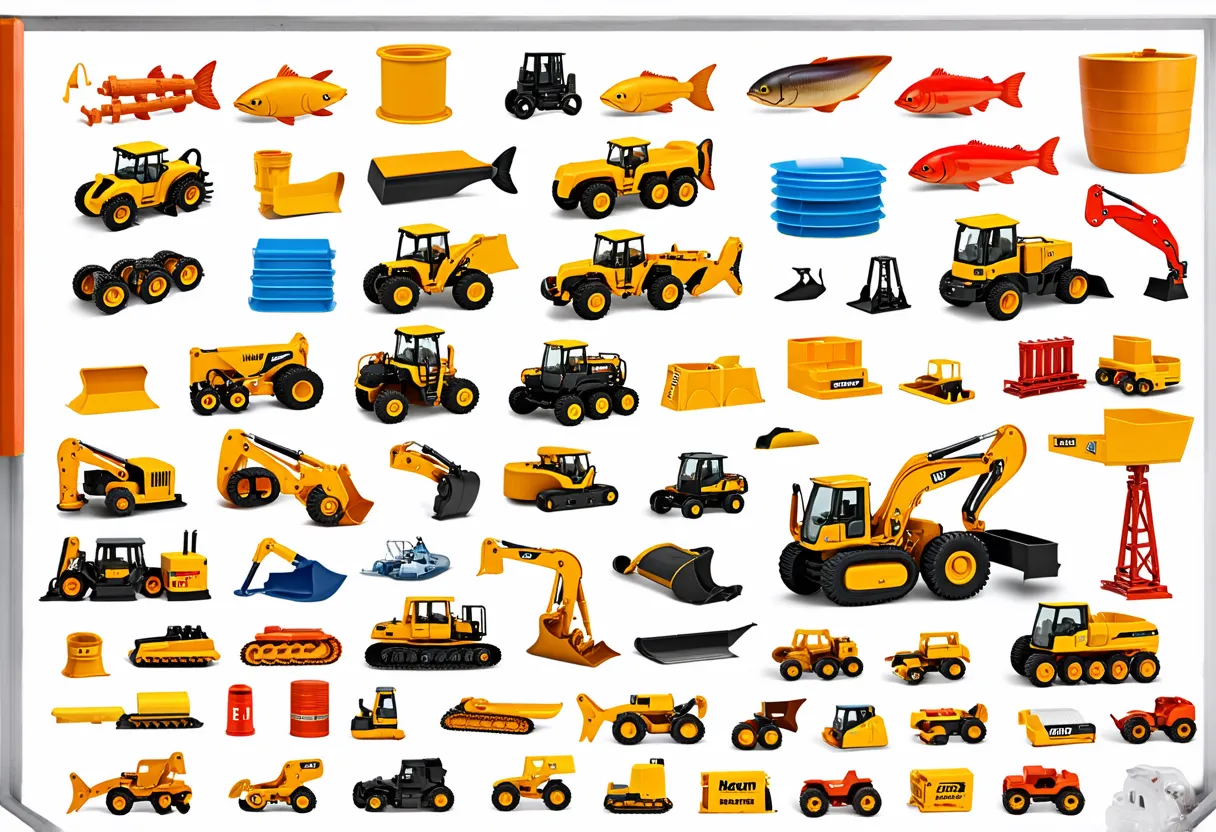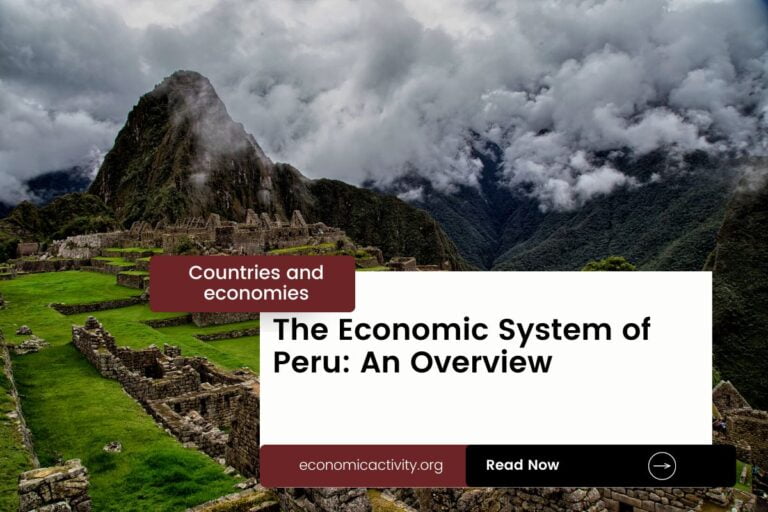Solomon Islands, with a population of 724,273, is ranked 157th in the world, just behind Bhutan. Located in the Pacific Ocean, it covers a total area of 28,900 square kilometers, ranking 133rd globally, just below Armenia.
In 2022, the Solomon Islands’ economy stands at a GDP of $1,597,204,340.63, ranking 174th globally. It falls behind Guinea-Bissau, which has a GDP of $1,633,559,092.09. The GDP per capita in the Solomon Islands is $2,205.25, placing it at the 144th position worldwide.
It lags behind Uzbekistan, with a GDP per capita of $2,255.15. The Solomon Islands’ economic position reflects its ongoing development efforts and challenges in a global context.
What are the economic activities of Solomon Islands?
- Primary activities: 34.3% of GDP.
- Secondary activities: 7.6% of GDP.
- Tertiary activities: 58.1% of GDP.

Primary Sector of Solomon Islands
The primary sector in the Solomon Islands, with 4.29% of its land dedicated to agriculture, thrives due to its tropical climate and rich natural resources. The main agricultural products include oil palm fruit, coconuts, sweet potatoes, taro, yams, fruits, pulses, vegetables, cocoa beans, and cassava.
Despite contributing 34.3% to the GDP, agriculture plays a vital role in the economy. The diverse range of crops and animal products highlights the sector’s significance, providing food security and livelihoods for many Solomon Islanders.
The country’s diverse geological landscape offers abundant natural resources. Its primary sector thrives on fish, forests, gold, bauxite, phosphates, lead, zinc, and nickel. These resources play a crucial role in driving the economy and supporting livelihoods.
Secondary Sector of Solomon Islands
What is the secondary sector or what are secondary activities?
The secondary sector involves industries that transform raw materials from primary activities into finished products for consumption. In the Solomon Islands, the main industrial product is construction. This sector plays a crucial role in the country’s economy by creating infrastructure and housing for domestic use and potential export.
In 2023, the Solomon Islands’ manufactures exports accounted for a small percentage of the total exports, indicating their limited significance in the country’s economy.
Tertiary sector of Solomon Islands
What is the tertiary sector or what are tertiary activities?
The tertiary sector in the Solomon Islands encompasses services that enhance productivity and meet needs through intangible goods like knowledge and expertise. Main activities include healthcare, education, banking, communication, tourism, transportation, and security services.
Specifically, Solomon Islands’ tourism industry is relatively insignificant, with only 29,900 annual arrivals out of a population of over 700,000. This translates to a low ratio of annual arrivals to population, suggesting that tourism plays a minor role in the country’s economy compared to other sectors like agriculture and fishing.
Another example of tertiary economic activity is the mobile cellular sector, with approximately 474,000 subscriptions, supporting technological growth. This connectivity fosters innovation and enhances access to information, driving economic development.
Biggest company in Solomon Islands
Which is the biggest company in the Solomon Islands? The largest company is DBS Group, with a market value of approximately 63.03 billion USD. It operates in the banking industry, which is part of the tertiary economic sector. DBS Group was founded in 1968.
International Trade of Solomon Islands
Import Activities of Solomon Islands

The import activities of the Solomon Islands are of high importance, accounting for 33.12% of GDP, totaling $529 million in 2023.
Solomon Islands heavily relies on imports, with China being the largest partner at 37%, followed by Singapore at 16%. Key imports include refined petroleum, plastic products, fish, iron structures, and construction vehicles. Other significant partners are Malaysia, Australia, and New Zealand.
Exports Activities of Solomon Islands

In 2023, the Solomon Islands exported $508 million, accounting for 31.81% of its GDP. This medium-high level of export importance signifies a significant contribution to the country’s economy, highlighting the crucial role of export activities in driving economic growth and development.
The Solomon Islands primarily exports wood, fish, palm oil, gold, and coconut oil. Its key export partners are China (51%), India (9%), Italy (8%), Australia (5%), and the Netherlands (4%).
Solomon Islands economy challenges in 2024
In 2024, Solomon Islands faces challenges with social unrest causing infrastructure damage. Its lower middle-income economy relies on agriculture and metal mining, while navigating a delicate relationship with China. The country’s natural resources are abundant but fragile, posing environmental concerns.



Leave a Reply